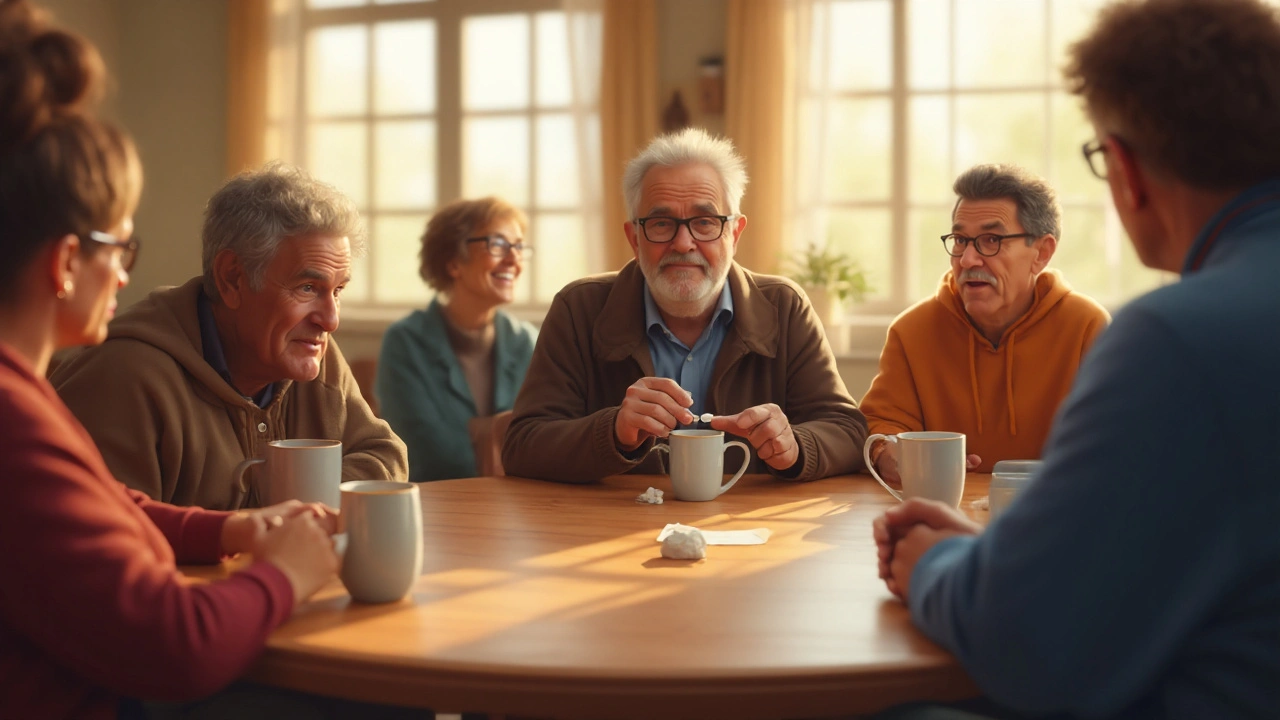Medication‑Assisted Treatment (MAT): A Practical Guide
If you or someone you know is struggling with opioid dependence, you’ve probably heard the term medication‑assisted treatment or MAT. It’s not a fancy new cure—it’s a proven way to combine medicines with counseling and support so the brain can focus on recovery instead of constantly chasing a high.
What MAT Actually Is
MAT uses three main medicines: methadone, buprenorphine (often called Suboxone), and naltrexone. Methadone and buprenorphine are long‑acting opioids that keep cravings low and block the effects of other opioids. Naltrexone works differently; it blocks opioid receptors so any drug you take won’t give a high. All three are given under medical supervision, so you’re never left guessing about dosage or safety.
These meds don’t “solve” addiction on their own. They create a stable foundation that lets you attend therapy, rebuild relationships, and get your life back on track. Think of it like using insulin for diabetes—you still need diet and exercise, but the medicine makes everything manageable.
How to Get Started Safely
The first step is finding a certified MAT provider. Many clinics, community health centers, and some primary care doctors are authorized to prescribe these treatments. Bring a list of any medicines you’re currently taking, and be ready to share your history of opioid use. Honesty speeds up the process and helps the doctor choose the right medication.
Once you start, you’ll have regular check‑ins—usually weekly at first. The doctor will watch your dose, adjust if needed, and screen for side effects. You’ll also be linked to counseling or a support group. Those extra services are required by law for methadone and buprenorphine, and they’re what make MAT work over the long haul.
Paying for MAT can feel tricky, but many insurance plans cover it, and there are federal programs like Medicaid that reimburse most of the cost. If you’re uninsured, ask the clinic about sliding‑scale fees or local grants. Skipping treatment because of cost is a common pitfall—talk to the staff, they’ll help you find options.
What about safety? All three meds can cause withdrawal if stopped abruptly, so never quit on your own. If you miss a dose, call your provider for guidance. Also, avoid mixing MAT drugs with alcohol or benzodiazepines unless your doctor says it’s okay—those combos raise the risk of breathing problems.
Finally, remember that relapse is part of many recovery journeys. If you slip, reach out immediately to your provider. They can adjust your plan or add extra counseling to get you back on track. MAT isn’t a one‑size‑fits‑all, but it gives you a real chance to stay clean while you rebuild.
Bottom line: medication‑assisted treatment combines safe, FDA‑approved medicines with therapy to lower cravings, prevent overdose, and support lasting change. If you’re ready to try, start by searching for a local MAT clinic, call to ask about appointments, and be open about your history. The road isn’t always smooth, but with the right meds and support, you can move forward with confidence.
How Disulfiram Supports Alcoholics Anonymous Recovery Programs - Benefits, Risks & Practical Guide
- Cheryl Moran
- August 16, 2025
- 15 Comments
Explore how disulfiram works within AA recovery, its benefits, risks, and practical tips for integrating medication‑assisted treatment with peer support.
read more